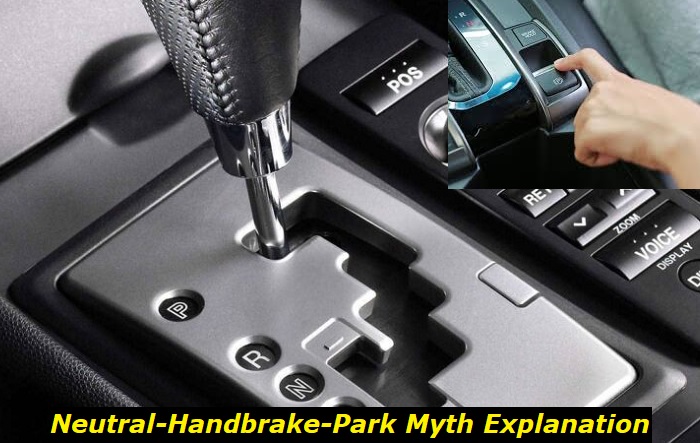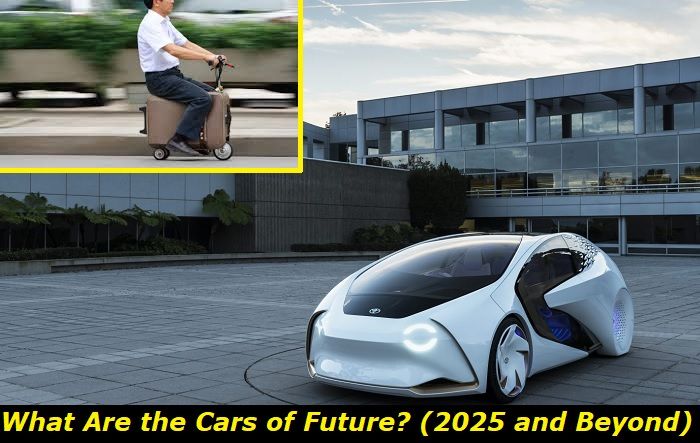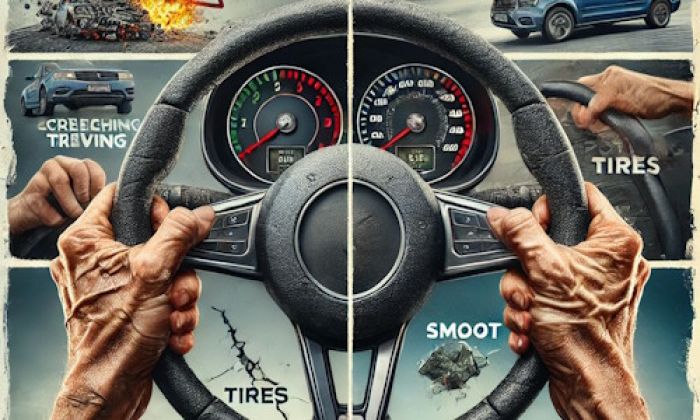You should use your parking brake whenever you park the car on inclines, but there is no need to put the transmission in Neutral at any point in this procedure. The optimal sequence is stopping the car and holding the foot on the brake, applying the handbrake, then putting the gear selector into Park to make sure the vehicle will not roll back.
Proper use of transmission highlights
- Level of importance:High
- Time interval:Always
- Needed expertise:Basic
- Needed tools:No tools
- Time taken:No time needed
- Possible issues:Transmission failing, parking pawl damage, overheating of the gearbox, issues with torque converter, problems with overloading.

Neutral-Handbrake-Park rule - what's this?
There are roughly two camps of drivers. One camp fights for the neutral-handbrake-park rule. This rule says that when parking your automatic vehicle, you should first put the selector in Neutral, then apply the handbrake, and only then move the selector in Park. The other camp is sure that you should just apply a handbrake when the car is stopped and then put the transmission in Park.
There is a small and not very happy third camp that avoids using parking brake at all relying on the Park mode in their transmission. But I highly recommend avoiding that camp - they tend to spend thousands for transmission repairs.
So, here's how the neutral-handbrake-park rule works:
- you get your vehicle to the full stop when you are going to park it;
- keep the right foot firmly on the brake;
- take the gear selector to the N position to activate the Neutral mode;
- this relieves all the tension from the transmission, as they say;
- apply the handbrake before you release the brake pedal;
- after that, put the transmission in Park and release the brake pedal;
- now you can turn off the engine and leave the car - it won't roll back in any case.
Sounds pretty complicated. A lot of actions are required from you and some part of these actions is impossible to explain using common sense. Why should you apply Neutral and how should it release all the tension from the transmission? I can't answer these questions, so I'm certainly not in this camp.
Given I know a thing or two about how transmissions work, I will tell you that the Neutral is the mode that is mostly used when pulling your vehicle on the tow truck or pushing it into the garage when something is wrong with it. In all other cases, you will not use the Neutral mode unless you believe in some strange theories.
Parking your car on an incline - the short instruction
In order to safely park your vehicle on the incline, you should know what the park mode in your transmission is and why it is not a good idea to leave the vehicle in Park when it's on a slope.
The Park mode allows you to use the additional function to the automatic transmission. This is the function of the parking pawl. Let's assume it's a kind of lock or a latch that holds your transmission blocked when it's in Park. And this is just a tiny metal thing that blocks the tranny. It may easily break if you put a lot of weight on it.
So, here's how I recommend parking your vehicle on the incline:
- park the car in the place you want to leave it and keep the brake pedal on;
- apply the handbrake now;
- put the transmission in Park;
- release the brake pedal and also turn off the vehicle.
Now your car is safely parked on the incline - it will not roll back, and it will not damage your transmission or parking pawl. But it will work in that case only if your parking brake is good. If it doesn't hold your car, the problem may be pretty unexpected and expensive to solve.
If your parking brake is weak, I strongly recommend avoiding parking your car on an incline. No matter what kind of transmission you have, this may lead to very bad consequences.
Why do you need that handbrake when parking?
The parking pawl is just too weak to hold your car on the incline. You may have experienced transmission clunking when you forgot to apply your handbrake and then put the transmission in P after leaving it on a slope. This is never going to be a good idea for your vehicle.
Of course, you may choose to not use the parking brake when you are parked on a level ground. In this case, the parking pawl will happily prevent your vehicle from rolling back or being pushed from its place. And the parking pawl will not break, in this case.
But here's what happens when you park your car on the slope without applying the handbrake:
- when you park and put the transmission in P, the parking pawl is engaged;
- then you release the brake pedal and the car rolls back a little;
- you shrug and go away to do your business;
- after some time, you come back and get into the car;
- when you start the vehicle and put the gear selector in R or D, you hear a loud clunk;
- you shrug again and keep driving;
- but the transmission doesn't like this - it gets a damaged parking pawl and the problem when shifting to the needed gear.
The problem is that the transmission changed its optimal position when the car rolled back. Now, when you are trying to put it in R or D, it has to do a lot of additional work and overcome the resistance that the wrong position causes.
Also, the parking pawl has been under pressure all this time. And you are lucky if the incline isn't that big and your car isn't that heavy. Otherwise, the pawl may easily break and cause huge problems. If this happens and your car rolls back in P, you shouldn't drive it. Immediately call a tow truck and get the transmission repaired.
What happens when the parking pawl breaks?
This is an important thing to know and this will most likely motivate you to use the parking brake whenever you park your automatic vehicle.
So, the parking pawl is the small metal latch that locks when you put the transmission in P. It usually holds the main gear after it gets directly between two of its teeth. It's important that the parking pawl is never under serious pressure from the gear because it gets stuck and then is released with a clunking noise. It may be OK a hundred times, but then it will lead to serious pawl damage.
When the parking pawl is damaged, here's what can happen to your transmission:
- the parking pawl may be completely broken, and the working part of it may just fall off;
- it also means that the big metal part will be floating in the transmission;
- this part may easily block the transmission if it gets into some narrow place;
- also, it may get between the gears and break their teeth;
- if this happens, you will need to have the transmission repaired or even replaced;
- so, the small parking pawl problem may cost you the transmission.
Also, if the parking pawl breaks, you will not be able to put the car in Park. Once you do this, the car will still roll back. This may cause some safety issues and even lead to car accidents.
I strongly recommend shutting off the car if you suspect the parking pawl damage. This will help you avoid transmission damage. The best solution in this case is to call a tow truck and have your car towed to the dealership or a good independent repair shop.
How can the parking pawl be broken?
There are two ways you can break the parking pawl:
- when leaving your vehicle on the hill without using the handbrake or when your handbrake is not effective enough;
- when you put the transmission in P before the car is fully stopped.
The slope shouldn't break your parking brake immediately, but this will slowly destroy it time after time. If you have a habit of leaving your car in Park without applying the handbrake, sooner or later, the parking pawl will be broken and will require expensive transmission repair.
Final thoughts
Although it's very important to apply the handbrake whenever you park your car on the slope, you can avoid using the neutral-handbrake-park rule as it's very complicated and doesn't have any technical explanation behind it. It's quite easy to save your transmission just by applying the handbrake whenever your car is parked on the hill.
Also, you should apply the handbrake before you release the brake pedal. Otherwise, this will not help the parking pawl and the transmission will anyway be damaged.
About the authors
The CarAraC research team is composed of seasoned auto mechanics and automotive industry professionals, including individuals with advanced degrees and certifications in their field. Our team members boast prestigious credentials, reflecting their extensive knowledge and skills. These qualifications include: IMI: Institute of the Motor Industry, ASE-Certified Master Automobile Technicians; Coventry University, Graduate of MA in Automotive Journalism; Politecnico di Torino, Italy, MS Automotive Engineering; Ss. Cyril and Methodius University in Skopje, Mechanical University in Skopje; TOC Automotive College; DHA Suffa University, Department of Mechanical Engineering






Add comment